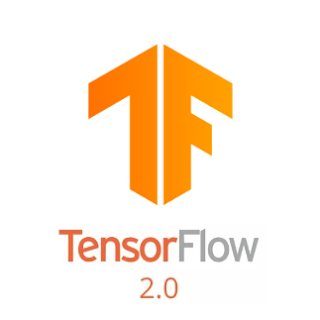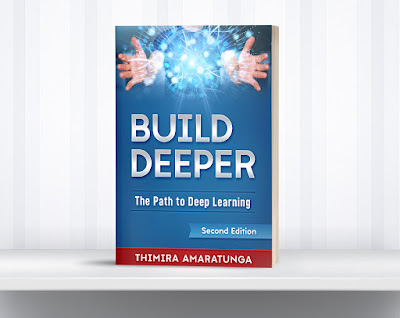TensorFlow 2.0 has been released for a few months now. This latest version comes with many new features and improvements, such as eager execution, multi-GPU support, tighter Keras integration, and new deployment options such as TensorFlow Serving.
So, it's time we all switched to TensorFlow 2.0.
The Anaconda-native TensorFlow 2.0 packages are now available in the main conda repository. So, let's see how we can install TensorFlow 2.0 on Anaconda Python. This method will work on both Windows and Linux. And, if you have a CUDA capable NVIDIA GPU, you can enable GPU support as well.
We'll start by creating a new conda environment. (I'll name it 'tensorflow2'. You can choose another name if you like):
So, it's time we all switched to TensorFlow 2.0.
The Anaconda-native TensorFlow 2.0 packages are now available in the main conda repository. So, let's see how we can install TensorFlow 2.0 on Anaconda Python. This method will work on both Windows and Linux. And, if you have a CUDA capable NVIDIA GPU, you can enable GPU support as well.
Step 1.Creating a New Conda Environment
We'll start by creating a new conda environment. (I'll name it 'tensorflow2'. You can choose another name if you like):
conda create --name tensorflow2 python=3.7 anaconda
 |
| Create a new conda environment |








